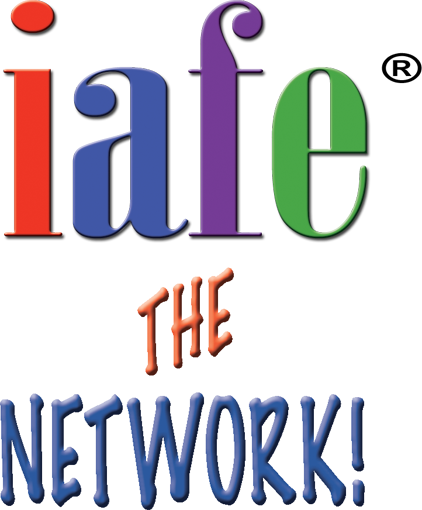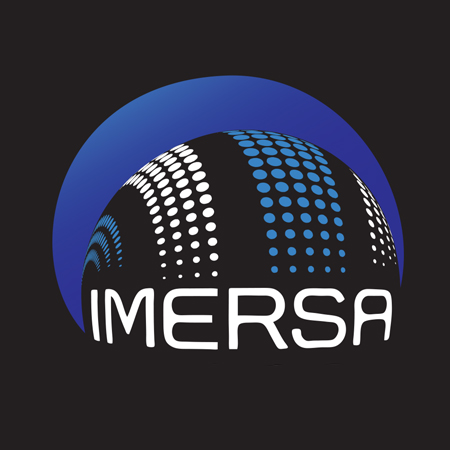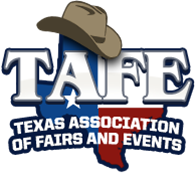Factors in designing safe and legal laser light shows
The concentrated light energy in a medium power laser beam — nominally five watts — will, if you touch the beam within the first ten feet of the laser, be HOT! This size beam will start to burn a hole in a wall 20 feet across a room. If you brush the beam with your hand within that ten feet, you will jerk your hand away in pain as if you had touched a hot stove.
The hidden dangers of lasers, however, is to the eyes. The eye contains a clear lens designed to focus incoming light onto the retina at the back of the eyeball. A laser beam containing only a small fraction of the power contained in the medium power laser mentioned above (as little as 5/1000th of a watt) can burn a spot in the retina when focused through the eye’s natural lens. Think of using a magnifying glass to focus the light from the sun and start a fire — it is the same effect when a laser beam enters the eye.
With laser light shows, a problem exists between the necessity to view the laser beams in the show, and yet not damage the audience’s eyes from laser exposure. In many parts of the world, lasers used in laser shows are scanned directly into the audience and over their eyes (called “audience scanning”). If the laser beam is being scanned quickly enough, and the power density of the laser beam, or “irradiance”, is not too high, there will be no damage to the eyes, because the beam never settles in one spot for long enough to burn. However, if a failure in the scanning apparatus occurs, the beam will stop moving, and there is a great potential for damage to be done if anyone is in the way of the beam. Experienced laser safety officers must take measurements and perform calculations before shows of this type can go on.
In the United States, audience scanning has effectively been outlawed, by the Food and Drug Administration (FDA) requiring “scan failure interlocks” to be present when audience scanning is performed. That means that if the beam stops moving for any reason (such as power to the scanners being shut off), it will be blocked by a shutter or a blanking signal and no damage will be done. The requirements for this are stringent; but by using a new “PASS System” created by Pangolin Laser Systems, a few laser show companies have been able to obtain audience scanning laser show variances. In some cases, by scanning an intermediate rotating object, such as a mirror ball, audience scanning has been achieved, but the scan failure interlock must still be present.
The primary means of laser light show safety in the USA is provided simply by keeping the beam away from the audience! There are two rules for doing this — the “three meter vertical clearance” rule, and the “2.5 meter horizontal clearance” rule. If you have an audience standing or seated in a given area, the laser beams used in a show must not drop lower than three meters measured vertically above the surface that the audience is upon. Measured horizontally, the beams must not come any closer than 2.5 meters to any place that the audience can reach. Audience barriers are required to ensure that the audience stays within this “safe zone,” and danger/warning signs are required to be posted to inform people of the fact that laser radiation is present.
To meet these distance requirements, laser light show companies must use simple devices called “beam stops”. Typically, a beam stop is a sheet of metal (or some other material that the laser can’t burn through!) that can be adjusted for different venues so that no matter how the beam is scanned, or if there is a scanning failure, it will not come any closer to the audience than the distances prescribed above.
Of course, every Laser Spectacles, Inc. light show, laser display and laser installation is designed and constructed to meet these stringent safety requirements. The company maintains an excellent safety record and continuously reserves safe laser display as its primary consideration.






